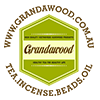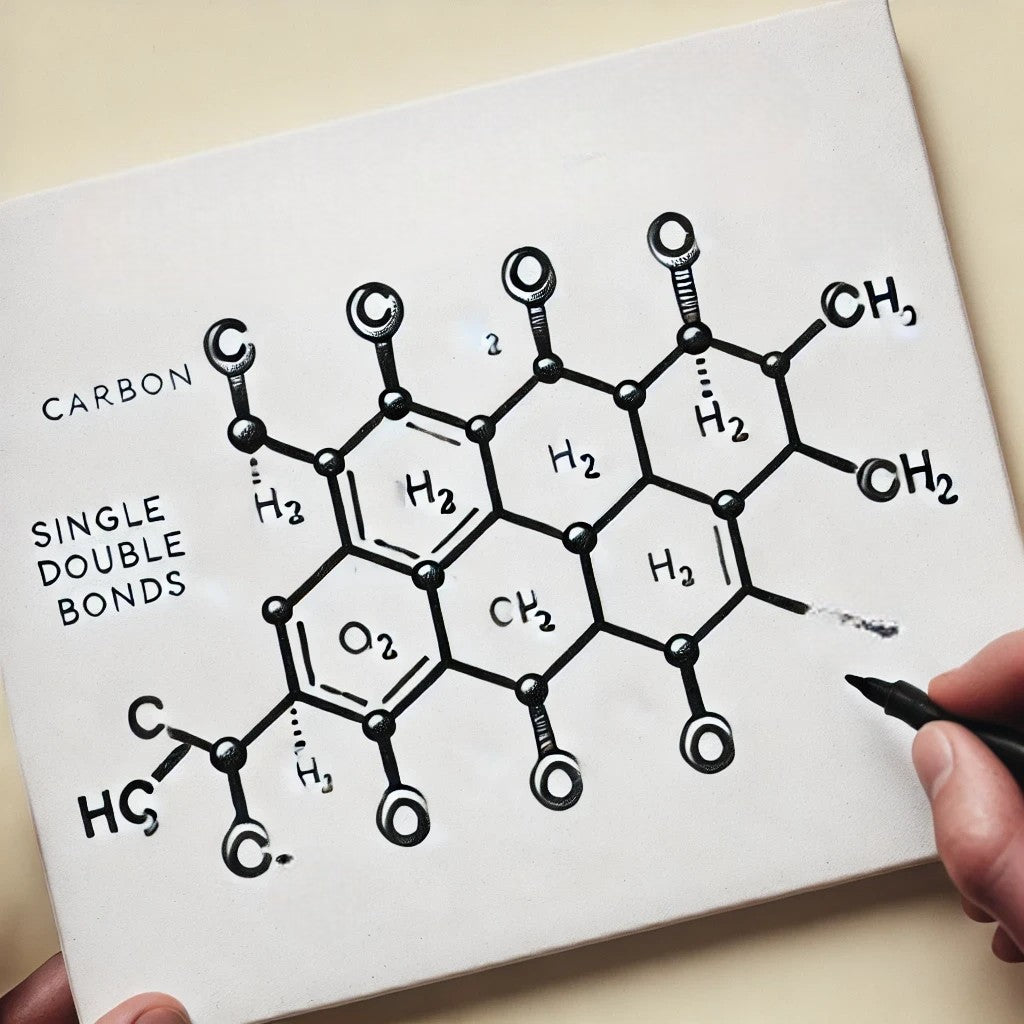Menu
-
-
F.A.Q
- How to identify genuine agarwood chip, natural or cultivated
- How to identify oil injection / absorption fake agarwood beads
- How to know if there are more than one oil in your oil
- How to make your wood bracelet or mala darker
- How to tell if an Agarwood bead sinks WITHOUT sinking it under water?
- How does back flow incense work and how do you burn it?
- Where to start if you don't know what agarwood is ?
- Why are you losing money if you buy seeds and plants?
- Which agarwood incense should I choose?
- Frequently Asked Questions
- Agarwood Related Articles
- Shipping
-
SHOP - Agarwood
-
SHOP - Other Fragrant Wood
-
SHOP - Incense Holder and Burner
-
- FREE Oud Oil guide
- Testimonials
- "Why did you buy this?"
- Contact us
- About Us
- +61430284329
- Login
-
English


Is it true that the older your essential oil is , the better it becomes?
April 19, 2018 2 min read
Most essential oils contain molecules made up of the following chemical components (Aromatherapy Chemistry)
- Aldehydes: −CHO
- Acid, Ester: -COOH-
- Ketones -C(=O)-
- Coumarins and furanocoumarins
Usually, after a while, the above chemical structural group will break down as the process of oxidisation. For example, aldehydes group break into alcohol, esters break into acid. The aroma changes and turns into sour (organic acid), softer cooler scent (alcohol).
So, in short, usually, the older the essential oil, the weaker scent it becomes. The shelf life varies on each essential oils generally between 3 and 6 years.
However, there are exceptions:
Wood scent essential oil: such as Patchouli, Vetiver, Sandalwood, Cedarwood and of course Agarwood
Why?
Wood essential oils with high concentrations of sesquiterpenes (or sesquiterpenoids, a terpene with the formula C15H24, or a simple derivative of such a compound), develops high viscosity with age which ultimately improves the aroma of the oil. The viscous oil only comes with age
(please note while aroma improves, other characteristics may not)
See the below: around the bottleneck

The oil is so thick that it forms around the bottle wall. However, if your hand warm enough, it will turn back to liquid form again.

If you have sandalwood or agarwood oil for years, you will notice that they have a thicker body compared to the time you purchased. The best part is the beautiful aroma it develops over the year.
Sesquiterpenes (available in wood scent essential oil ) are less volatile than monoterpenes (floral and citrus notes). People usually use them as the base note in perfumery.
In the case of agarwood, this is a perfect explanation of why the longer the oil, the better its scent develops.
Yes, we have some gorgeous ageing oil, for example, 10 litres of Evergreen Oil :))

Leave a comment
Comments will be approved before showing up.
Also in News

What is Tasbih? The Deep Meaning of Subhan Allah and the Role of Prayer Beads
November 09, 2025 4 min read

